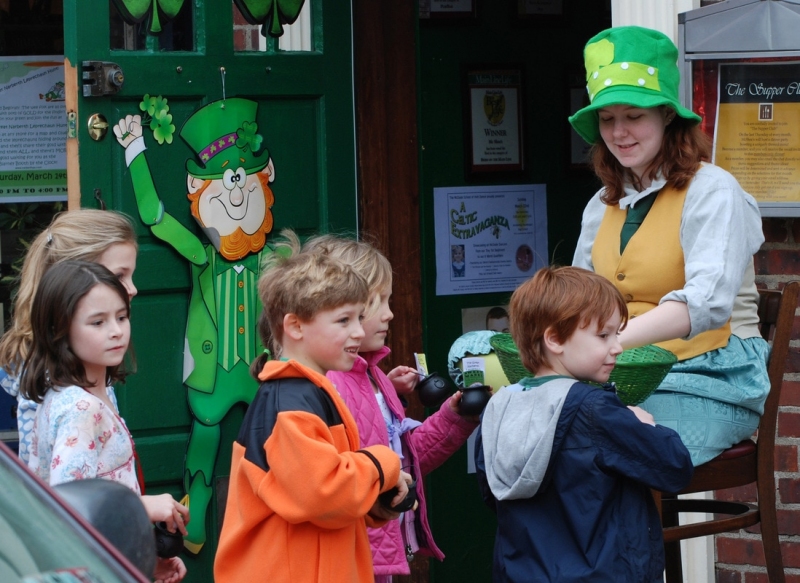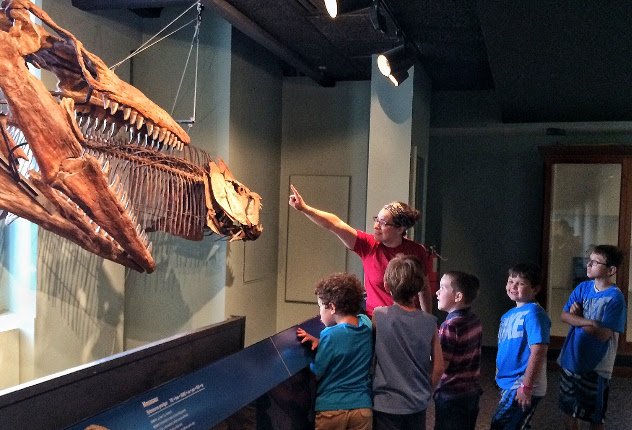A Yale study of 55,000 South Korean children ages 7-12 has shown that 1 in 38 (2.64%) have an autism spectrum disorders (ASD), an incidence far higher than previously thought in the U.S. and elsewhere. The generally accepted U.S. incidence is that 1 in 110 children (0.91%) and 1 in 70 boys have an ASD.
For the study, published in the American Journal of Psychiatry, researchers screened nearly all 7- to 12-year-olds in Goyan City, Korea. The frequency of ASDs was similar to U.S. levels in the community’s special education programs. But researchers found more than two-thirds of ASD cases in the mainstream school population, where they were unrecognized and untreated.
“These findings suggest that ASD is under-diagnosed and under-reported and that rigorous screening and comprehensive population studies may be necessary to produce accurate ASD prevalence estimates,” says Geraldine Dawson, PhD, chief science officer of Autism Speaks, the study’s chief sponsor. "It raises a question, I think, of whether we are underestimating the prevalence in the U.S. as well as elsewhere."
Many of the children in regular schools diagnosed with ASDs "looked very different" from autistic students in special education classes, according to the study’s lead author, Young-Shin Kim, MD, PhD of the Yale Child Study Center. Many had high-functioning forms of autism such as Asperger syndrome. Such children tend to have normal or higher intelligence but poor social skills.
Dr. Kim speculated that if U.S. children in regular classrooms were included in a similar study, the autism rate here would be similar. She added, however, that further research was needed to rule out environmental or genetic factors that would cause an atypical autism rate in Goyan City.






